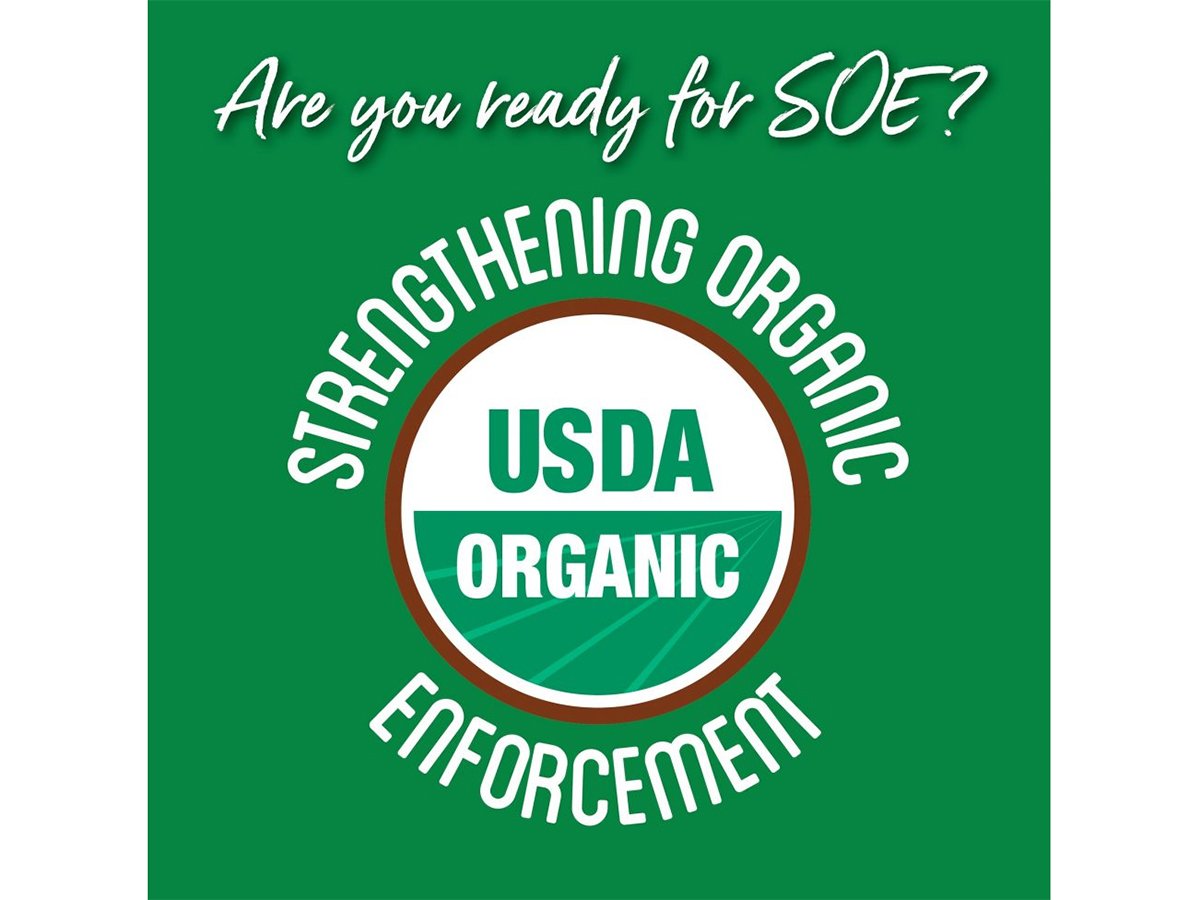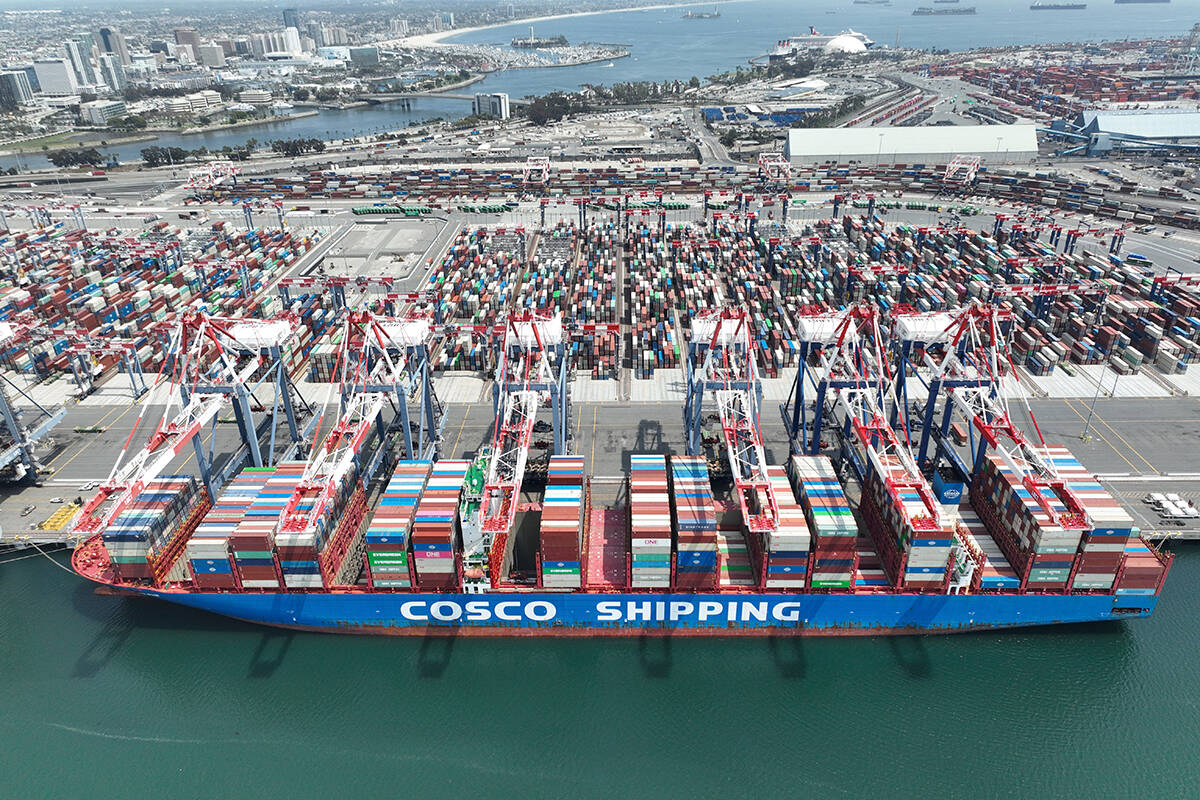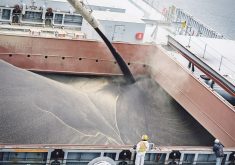SASKATOON — The United States is following through on its plan to charge port fees on Chinese ships.
U.S. Customs and Border Protection finally provided last-minute details on the new vessel fees that take effect Oct. 14, 2025.
A fee of $50 per net ton will be applied on vessels owned or operated by Chinese entities.
Read Also

U.S. rules frustrate Canadian organic exporters
Exporters of organic grain and food are struggling to get their products to the U.S. market as new rules designed to curb organic fraud hit Canadian companies.
Another fee of either $18 per net ton or $120 per container discharged, whichever is higher, will be applied to all Chinese-built vessels.
The new charges are in response to a U.S. Trade Representative investigation into China’s dominance of the global shipbuilding sector that was launched at the behest of five national labour unions.
The recently announced fees are far more palatable for shippers than the USTR’s original proposal, which included charging a flat fee of $1 to $1.5 million per port entry.
Peter Friedmann, executive director of the Agriculture Transportation Coalition, said the fees only apply to container ships. Bulk vessels are excluded.
Approximately 25 per cent of U.S. agricultural exports by volume are shipped in containers, but they account for 55 percent of total export value due to the higher prices of containerized goods.
Friedmann called the new fees “annoying” but not trade-distorting.
“I would not say it’s going to dramatically impact or even moderately impact U.S. agricultural sales,” he said.
Chinese container shipping companies such as COSCO Shipping Lines and Orient Overseas Container Line Ltd. will be paying the $50 per net ton fee.
Whether they pass along the extra cost to U.S. shippers, including exporters of agricultural products, remains to be seen.
However, Friedmann expects shipping lines to largely dodge the $18 per net ton fee on Chinese-built vessels.
Those companies have other vessels in their fleets that were built in places such as South Korea, Japan and Taiwan. He anticipates they will use those ships when servicing U.S. ports.
China has indicated that it will be imposing some sort of retaliatory fees.
“What that means, we don’t know,” said Friedmann.
The fees will obviously be imposed on U.S. built and flagged ships, but that won’t amount to much.
“We have about as many as there are Canadian built and flagged cargo ships — almost zero,” he said.
What is unclear is whether China will charge fees on ships built in Japan, South Korea and Taiwan that are carrying U.S. cargo from the U.S. That could have an impact on shippers of U.S. agricultural products.
“That would be another really harmful thing in addition to all the tariffs and the retaliation and so forth,” said Friedmann.
However, all the new fees associated with this shipbuilding spat between the U.S. and China will not have nearly the same impact on shippers of agricultural products as another more pressing issue.
“The big problem is that China has made a determination that they’re not going to buy U.S. soybeans,” he said.
“That’s the big threat. That’s the big challenge.”
And it’s not just the trade dispute that is causing China to shun U.S. soybeans.
“It’s the fact that every year, Brazil has allowed thousands of acres of rainforest to be mowed down and tilled and cultivated,” said Friedmann.
China has been active in building the infrastructure needed to service that expanded production area in Brazil.
That includes building loading points in the rivers, providing ferries and barges to move production down the rivers, building railroads and contributing to port expansions on the coasts, he said.
Friedmann said the agriculture sector gets all worked up about tariffs and fees and trade negotiations, but it should be more concerned about the dramatic expansion in Brazil’s production, which is improving the country’s competitive clout.
Brazil produced 175 million tonnes of soybeans in 2025, up from 39.5 million tonnes in 2000.


















